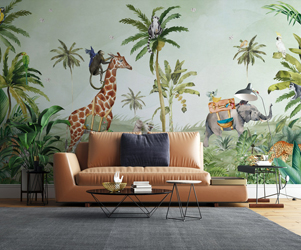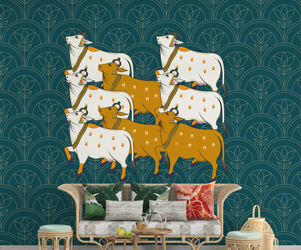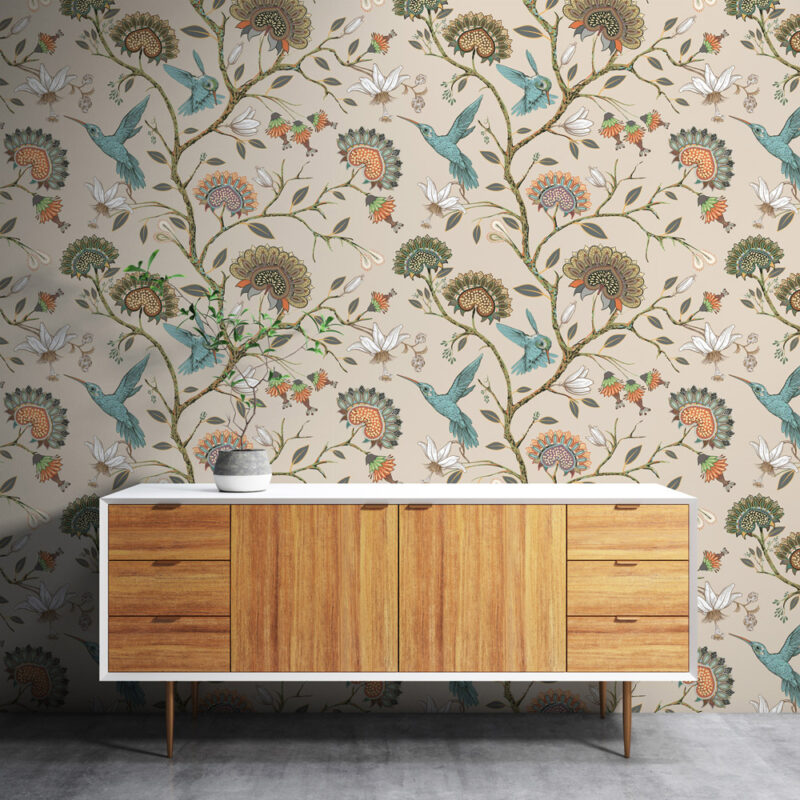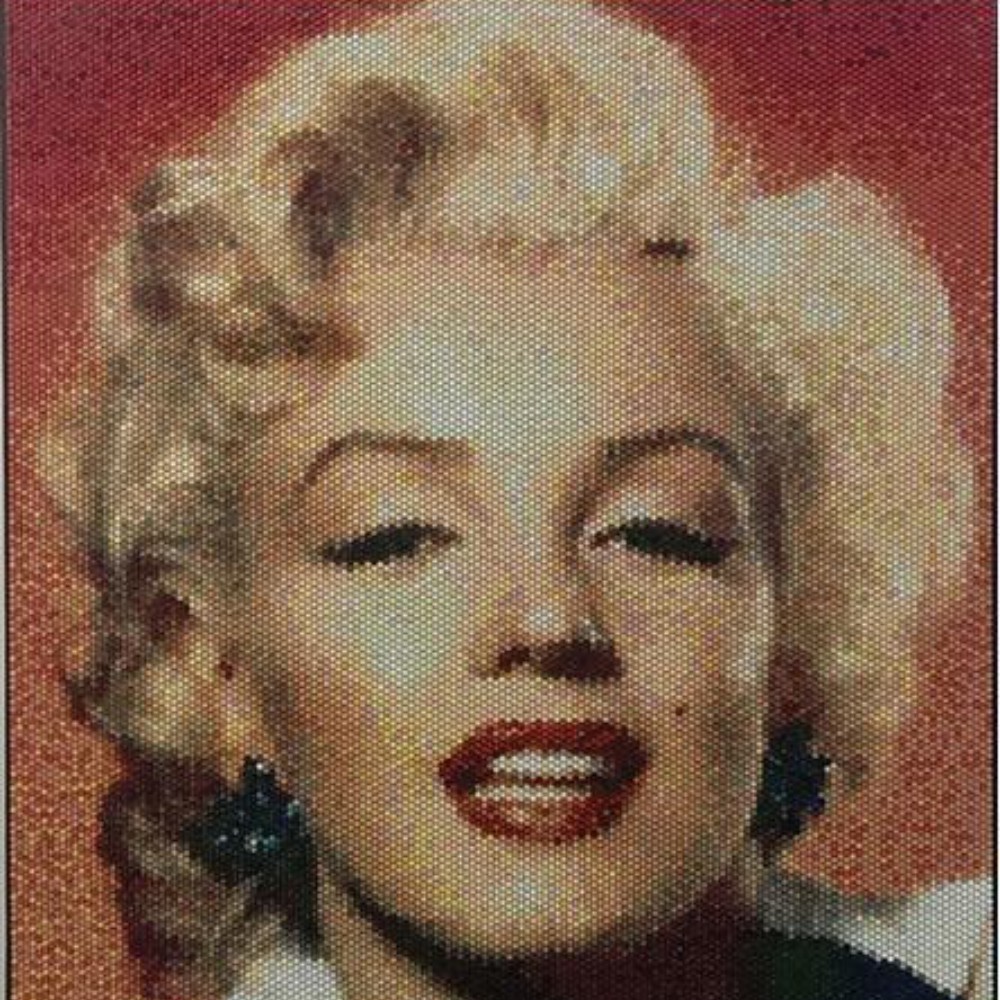Bubble Wrap®, the iconic brand from Sealed Air Corporation, redefined the world of shipping by enabling items to be transported in smaller, lighter packaging that offered exceptional reliability. This innovation instilled a newfound confidence in shipping, ensuring goods reached their destinations securely.
Selling Air
The ingenious concept of capturing air to create a pliable yet protective material sparked a transformative industry shift in packaging practices. Today, the minds behind Bubble Wrap® have ventured beyond shipping solutions. They are involved in manufacturing sealed plastic coverings for cheese wheels, crafting ostomy bags for hospitals, producing packaging for preserving food freshness, and developing automated packing and shipping machinery.
The Joy of Popping
In the 1990s, Dr. Kathleen Dillon, a psychology professor emerita at Western New England College, delved into the satisfying act of popping Bubble Wrap® bubbles. She likened this action to the use of smooth stones as worry-relievers, a practice prevalent in many Asian cultures. Similar to the soothing effects of Catholic Rosary beads, popping Bubble Wrap® appeared to induce a sense of calmness. Dr. Dillon’s study revealed that students who engaged in popping bubbles felt more composed, awake, and alert.
While Bubble Wrap® remains a trademark owned by Sealed Air, it has become a part of everyday language, much like ChapStick, Kleenex, and Yo-Yo.
As we commemorate Bubble Wrap Appreciation Day, the global fascination with popping bubbles comes as no surprise. The sight of Bubble Wrap® often triggers an irresistible urge to pop a bubble or two. However, the origins of Bubble Wrap® hold an unexpected twist – it was initially marketed as wallpaper.
Yes, Wallpaper
In the 1950s, during a time of novelty, Bubble Wrap® took on the form of wallpaper. Although this endeavor didn’t take off, it took Alfred Fielding and Marc Chavannes, the inventors, four more years to realize the true potential of bubble wrap – safeguarding items during transportation.
Unforeseen Cultural Phenomenon
Fielding and Chavannes couldn’t have foreseen that their creation would evolve into a cultural phenomenon. The satisfaction and compulsion associated with popping bubble wrap have sparked discussions and even prompted scientific investigations. Studies revealed that individuals who indulged in popping reported increased calmness and alertness.
Beyond Popping
Recently, a growing number of individuals have recognized that bubble wrap offers more than just a satisfying popping experience. Instead of simply popping the bubbles, people have begun to create with them.
Artistic Endeavors
New York artist Bradley Hart has ingeniously employed bubble wrap to craft portraits. By injecting paint into individual bubbles, he transforms them into pixels that collectively form stunning, photorealistic images. Bubble wrap has also inspired sculptors like Swiss artist Olympia Scarry, who used it to create a marble sculpture titled ‘Bubble Wrap Painting.’
Embracing Creativity
The appeal of bubble wrap extends beyond formal artistry. Resourceful parents have harnessed its potential for crafting activities with their children. Graphic designers have even used bubble wrap to design unique wrapping paper and inventive home furnishings.
A Change in Direction
In an era influenced by 3D cinema, Alfred Fielding and Marc Chavannes envisioned 3D wallpaper as the future. Their company, Sealed Air Corporation, aimed to produce a wall covering comprising two sheets of plastic laminate with trapped air bubbles. However, the idea of 3D wallpaper failed to capture the imagination of interior decorators and consumers.
Adaptation and Triumph
Undeterred, Fielding and Chavannes pivoted their focus. If their creation wasn’t destined for interiors, perhaps its utility lay outdoors. Their lightweight, transparent invention briefly found a purpose as greenhouse insulation. Yet, they recognized the limited market for bubble-covered greenhouses. Ultimately, their creation struck gold as a packing material, forever changing the packaging landscape.







